Hit enter to search or ESC to close
WHY IS ALUMINIUM SO IMPORTANT?
Do you drive a car? Ride a bike? Own a mobile device? Use a fridge? All aluminium.
No other metal is so interconnected with our everyday lives. It literally makes modern life possible.
Aluminium is also a key component in a number of technologies driving our transition from fossil fuels to alternatives. And with the demand for aluminium expected to grow by more than 40% by 2030¹, our reliance on it is only set to increase.
Its universal appeal and endless application lies in its core properties: odourless, malleable, conductive, corrosion resistant, lightweight, strong… It’s also recyclable.
In fact, aluminium is infinitely recyclable making it one of the most recycled materials in the world today. It is estimated that 75% of all aluminium produced in history is still in use², making it tailor-made for a more circular and sustainable economy.
¹ Opportunities For Aluminium In A Post-Covid Economy, CRU International study (on behalf of the International Aluminium Institute (IAI)) (Mar, 2022)
² The Aluminium Association (2021), Infinitely Recyclable, Washington DC
OUR APPROACH
We’re not so keen on posturing and signalling. Carbon credits are good but running a ‘carbon neutral’ operation feels reactive and an attempt to avoid the root causes. We’d rather measure and manage our emissions downward via technology rather than plant trees and tell the world about it.
Our approach to sustainability rests on three key ideas:
- Reduce – we’ll minimise the amount of waste we create
- Reuse – we’ll look to use items more than once
- Recycle – we’ll turn as much as we can into new products
We are applying these ideas to our Scope 1, 2 and 3 greenhouse gas emissions.
Just for reference, Scope 1 emissions are carbon emissions we generate directly, such as the natural gas our forklifts use to move stock around our warehouse.
Scope 2 emissions are generated indirectly, on our behalf if you like. For example, our business is a big consumer of electricity, a large portion of which is generated from New Zealand’s network of hydroelectric power stations.
Scope 3 emissions are often referred to as downstream or upstream emissions. Mainfreight, for example, are our transport partner and move our products from our manufacturing hubs to our customers.
Measurement
We’ve been working hard over the last year or so to understand our carbon footprint in order to measure it in precise terms. With this work done we now have a starting point that will allow us to effectively evaluate the impact of any actions we undertake.

ACTIONS
To minimize our carbon emissions we are:
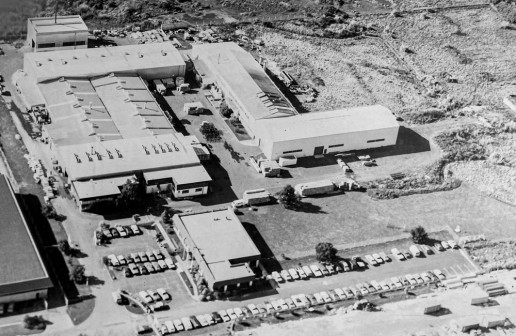
Closing a manufacturing site
We closed one of our factories, mid 2023. Investment in new technology combined with the ensuing efficiency gains will allow us to produce the same volume of product with one less site. In annual water usage alone, this action represents a saving of roughly 2,500 Olympic sized swimming pools each year.
The closing of an old plant which relied on old processes represents a huge first step in our sustainability journey.
Updating our remaining manufacturing plant
We are currently installing a new extrusion press. It will be another step forward in terms of efficiency, delivering savings in energy consumption, water usage and chemical treatment.
We are also converting all log burning furnaces to either electric or induction furnaces in the pursuit of a cleaner, more energy efficient and controllable melting process.
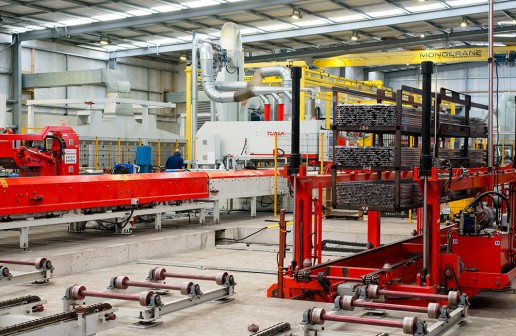
Introducing EPDs
An Environmental Product Declaration or ‘EPD’ is an independently verified and registered document that communicates transparent and comparable data about the life-cycle environmental impact of a product.
These documents are based on international standards and produced in accordance with ISO 14025 and EN 15604+A2:2019.
In the not too distant future EPDs will be part of our regulatory environment via MBIE’s Building for Climate Change which will introduce a requirement for all new build projects to disclose their embodied carbon.
At the heart of the EPD is a Life Cycle Assessment (LCA) of the product. This assessment documents and quantifies the impacts of:
- sourcing and transporting any raw materials present in the product
- making the product
- transporting the product to the customer
- use of the product
- disposing, repurposing or recycling of the product at the end of its life span
The LCA is a critical step in the construction of an EPD and obviously provides the raw data but what is actually measured in an EPD? In brief, EPDs measure the following over the life of the product:
- Its carbon footprint or global warming potential, be it fossil-based or biogenic
- Energy use, be it renewable or non-renewable
- Water consumption
- Waste generation
EPDs also measure the environmental impacts of the product over its life cycle in terms of resource depletion (minerals, metals and fossil fuels), and its potential to add to acid rain (acidification), algal blooms (eutrophication) and summer smog (photochemical ozone creation).
This information will allow consumers to compare like-for-like products, and their supply chains, in order to make more sustainable choices.
EPDs also allow manufacturers like us to benchmark and track the environmental impact of our products via a trusted methodology. They can also be used as evidence in Homestar, Green Star and Infrastructure Sustainability (IS) rating systems.
Suppliers
We will communicate the value we place on EPDs and sustainable practices to our suppliers in a concerted effort to reduce Scope 3 greenhouse gas emissions in our supply chain. Ultimately we expect the prevalence of EPDs will make it possible for us to make more responsible procurement decisions.
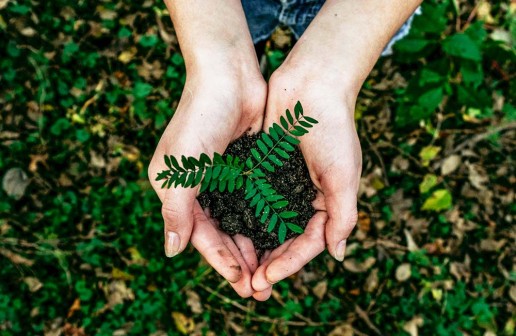
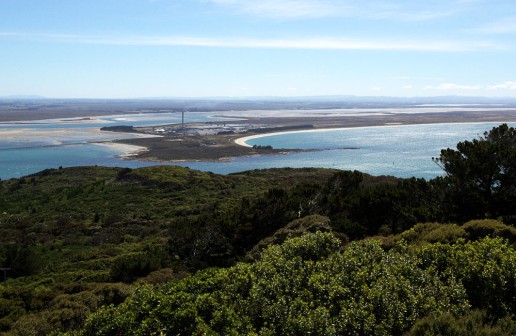
Using low-carbon aluminium that is born here
For more than 50 years the Manapouri Hydro Station has been generating electricity 200m underground in Fiordland National Park, a UNESCO World Heritage site. All of its 600+ megawatts of clean energy feeds directly into New Zealand’s Aluminum Smelter at Tiwai Point where some of the world’s cleanest and greenest aluminum is produced. The carbon footprint of aluminum produced at Tiwai is about four times lower than the global industry average.
100% of our extrudable aluminum comes from Tiwai.
Transitioning our vehicle fleet
We have a lot of vehicles on the road. As leases expire, we are replacing the current Altus fleet with hybrid vehicles. The transition will be complete in 2026.
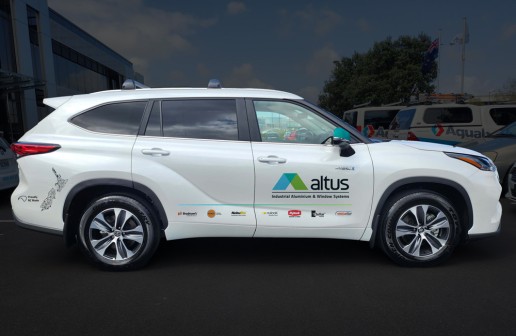
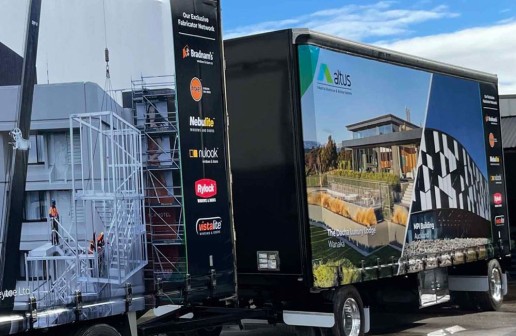
Reviewing our packaging and freight options
Our customers are located all over the country so getting our goods to them presents a huge opportunity in terms of lowering our emissions. Alongside our partners, we are investigating the reuse options for our packaging and the introduction of alternative power units across our entire logistics matrix.
THE FUTURE OF ALUMINIUM
Alumina refining and aluminium smelting are responsible for over 90% of direct CO₂ emissions in the production of aluminium. The remaining 10% or so comes from recycling, anodising and casting¹ .
These processes are all heavily reliant on fossil fuels and while the switch to alternative fuels is underway there is room for acceleration if the industry is to reach net zero emissions by 2050.
We are watching a couple of initiatives with interest.
One is the development of a carbon capture and storage (CCS) solution that can be retrofitted to existing aluminium smelters. Such technology would go a long way to securing the value of existing smelters while providing a stepping-stone between what we have now and the next innovation we are tracking: zero emission aluminium smelters.
Zero emission aluminium smelters were once the stuff of dreams. But proprietary technology such as HalZero (developed by Norwegian company Hydro) is on the brink of delivering a refining process with oxygen as its only emission. An industrial-scale pilot of HalZero is expected to be up and running by 2030.
As consumers seek out cleaner and greener solutions, the demand for aluminium with a lower carbon footprint will naturally increase, eventually outstripping the demand for aluminium produced with non-renewable energy sources.
The future is not that far away.
¹ International Energy Association (2022), Aluminium, Paris, License: CC BY 4.0
